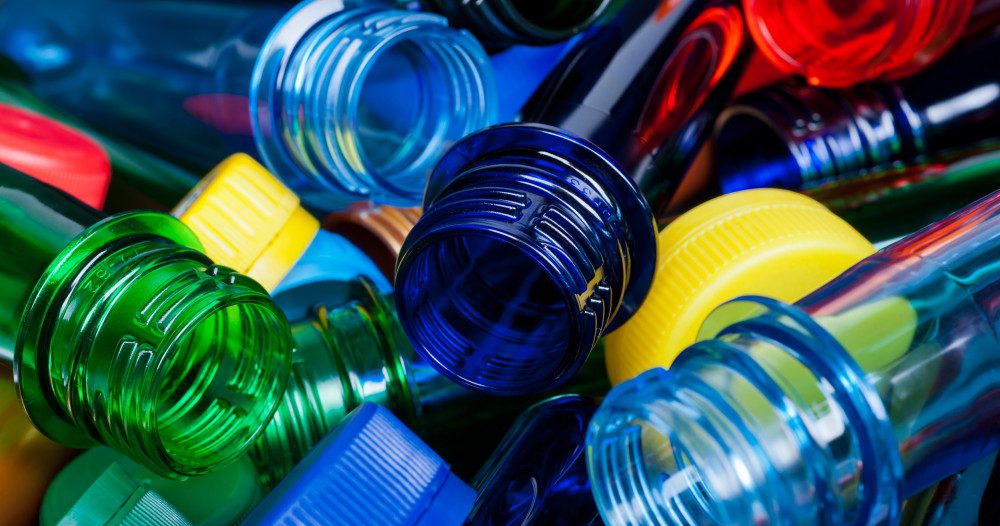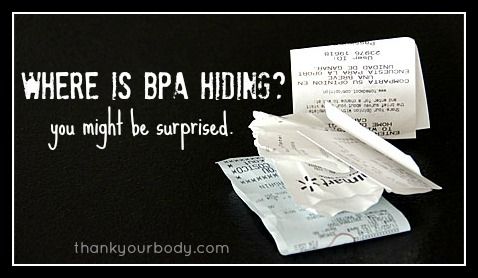Bisphenol A: where is it hiding?

Plastic bottles, receipts, food containers, cans, toys… Bisphenol A is everywhere around us. The European Food Safety Authority intends to study the toxic effects of this chemical compound, which never ceases to be talked about …
Bisphenol A is a molecule used in the manufacture of several plastic resins. It is mainly present inside some cans, food containers, and on receipts. In 2008, it was banned for the manufacture of baby bottles in Canada, then in France two years later. It is then suspected of having harmful effects on health, even at very low doses.
An endocrine disruptor
Some body functions, such as growth or development, are controlled by chemical messengers called “hormones”. They are secreted according to the needs of the organism, to modify the behavior of an organ. Each hormone binds to a specific receptor, like each key corresponds to a lock. However, the molecules of Bisphenol A mimic a natural hormone, and succeed in attaching themselves to their cellular receptor. Its action is inferior to real hormones, but as it is very present in our environment (around 3 million tonnes produced each year in the world), the effect on the organism is real.
Bisphenol A is suspected of being involved in several cancers, impaired reproduction, diabetes and obesity. More seriously, it would be responsible for serious disturbances of the endocrine system in babies, causing precocious puberty in girls and a decline in fertility in boys.
Practical advice
Bisphenol A has the particularity of being able to extract itself from plastics spontaneously to come into contact with food. This property is multiplied at high temperature. Bottles of water exposed to direct sunlight, airtight cans heated in the microwave or tins in a bain-marie: all release tiny particles that will be absorbed by organisms.
To avoid this, just check your plastic containers. The “recycling” symbol is always accompanied by a number. The numbers 1 (contains phthalates), 3 and 6 (which may release styrene and vinyl chloride) and 7 (polycarbonate) should be avoided. Keep only containers with the following codes: 2 or HDPE, 4 or LDPE, and 5 or PP (polypropylene). In all cases, you must refrain from heating food in plastic containers: beware of small pots in a bain-marie or in the microwave!
Receipts are less and less made with this component. To be sure, check that it bears the words “guaranteed bisphenol A free” on the back.










